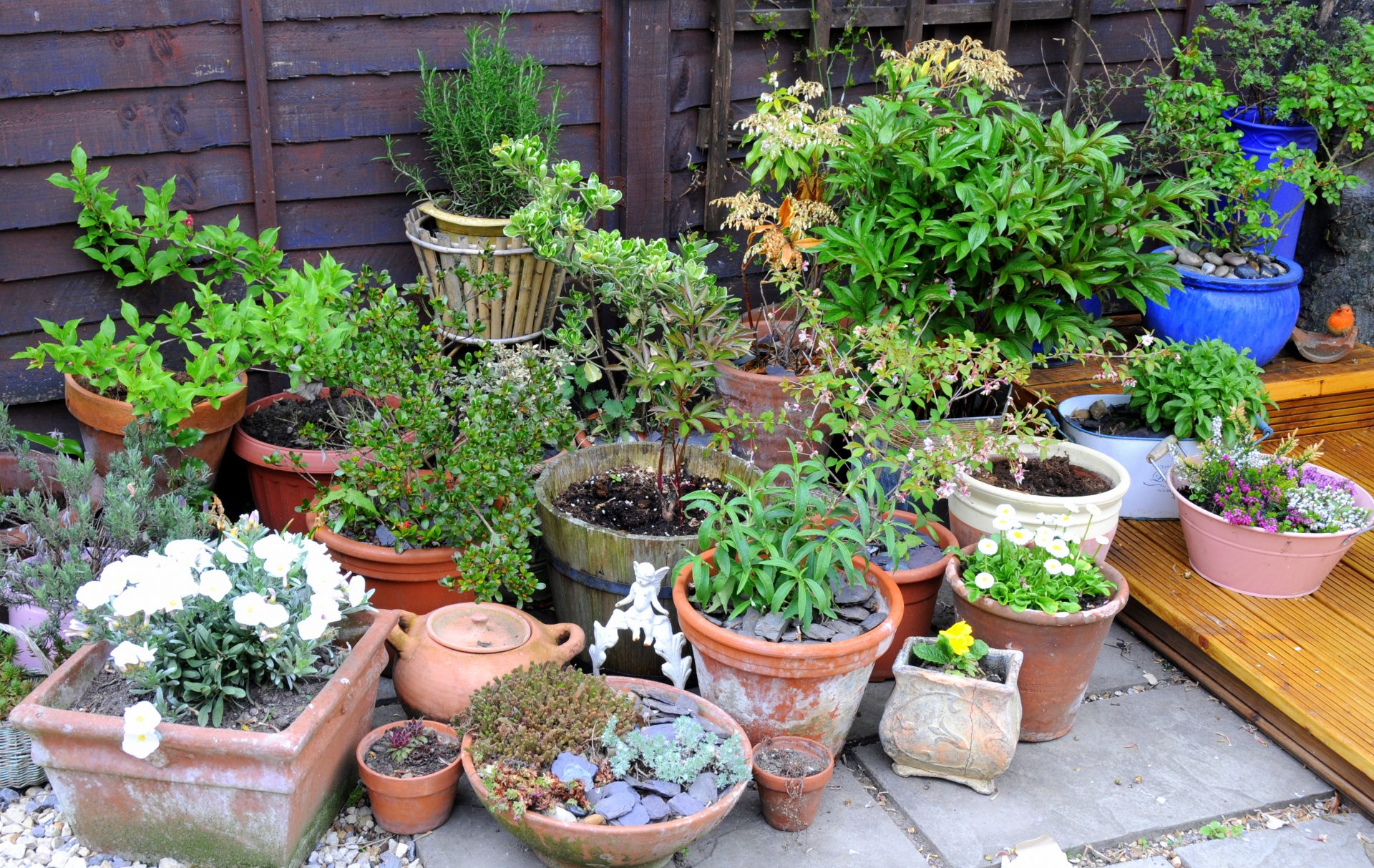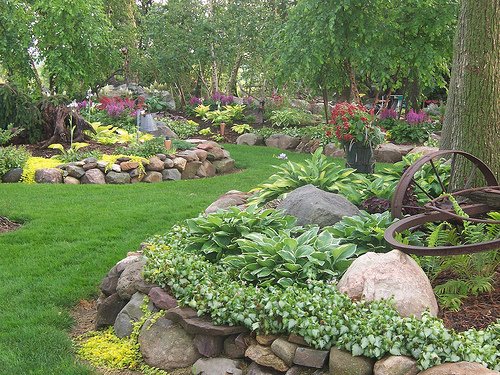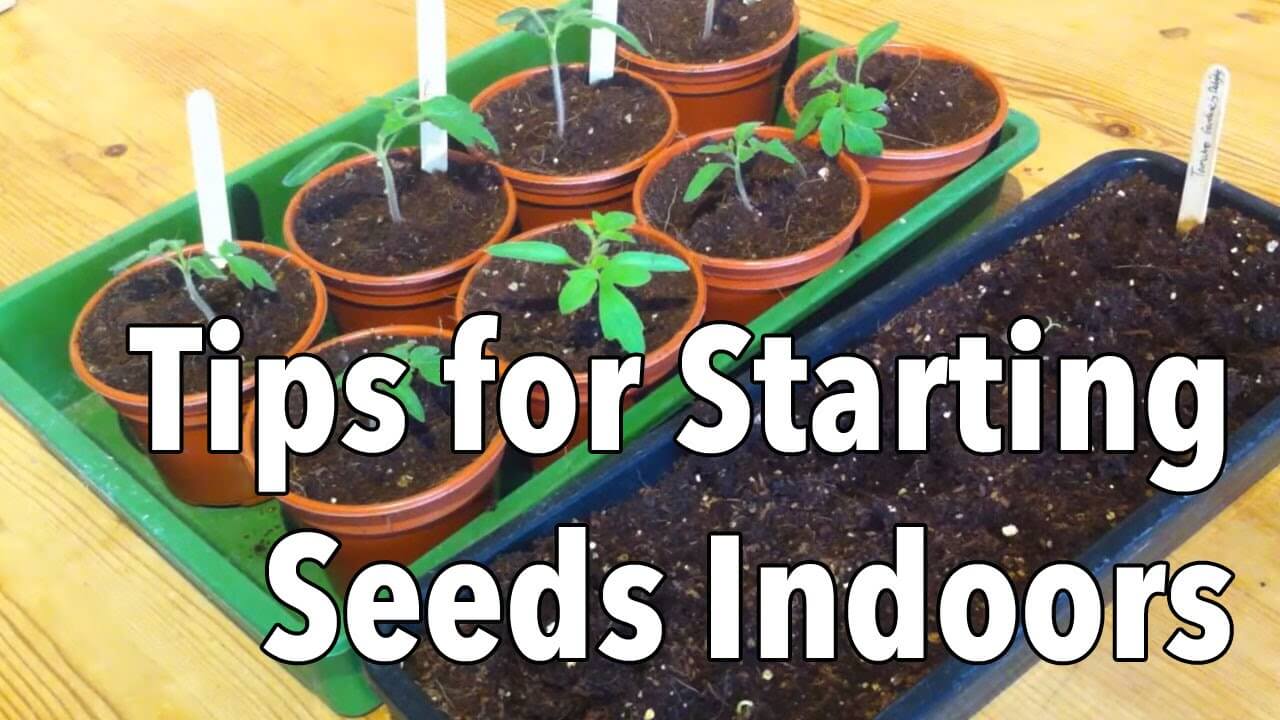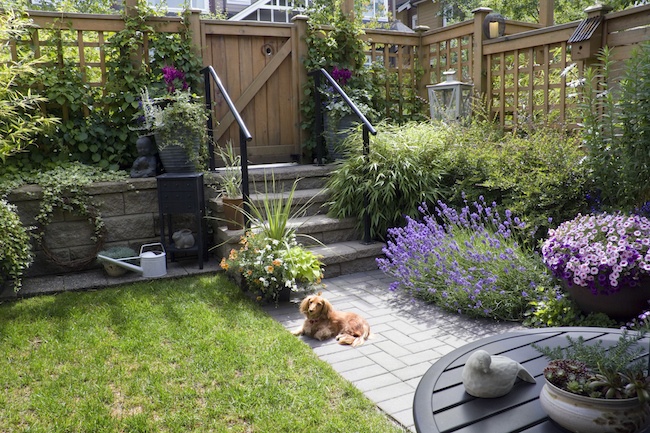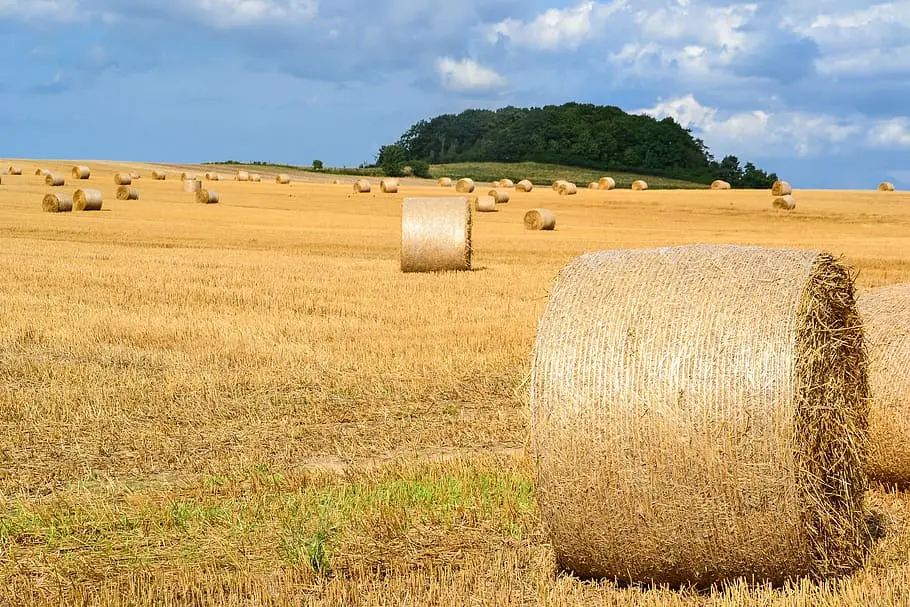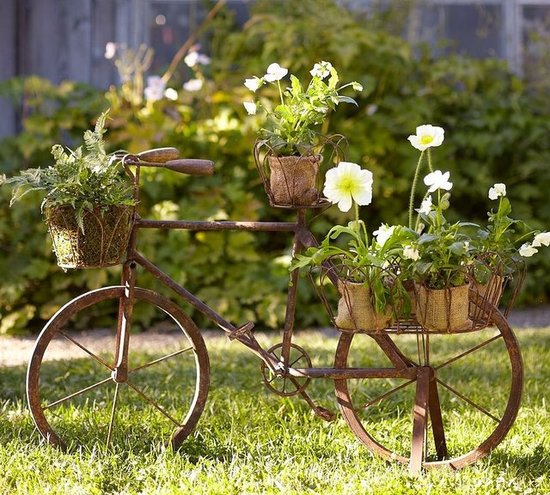Did you know that container flower gardening can flourish even in the tiniest of spaces? Yes, small areas can burst with vibrant blooms and lush greenery when given the right touch. In this post, we’ll delve into the art of container flower gardening for small spaces, exploring how you can transform balconies, patios, or windowsills with plants. Discover creative tips on selecting containers, choosing the perfect flowers for compact areas, and mastering essential care routines to keep your mini garden thriving all season long.
Key Takeaways
- Start small: Begin your container garden with a few easy-to-care-for plants before expanding.
- Maximize vertical space: Utilize hanging baskets or wall-mounted containers to make the most of limited space.
- Adapt to seasons: Adjust your plant selection and care routine based on the changing seasons for optimal growth.
- Regular maintenance is key: Watering, fertilizing, and pruning are essential for the health of your container plants.
- Add personal touch: Incorporate decorative elements like colorful pots or unique plant arrangements to enhance the visual appeal of your container garden.
- Be mindful of costs: Explore cost-effective gardening options such as repurposing containers or opting for budget-friendly plant varieties.
Starting Your Container Garden
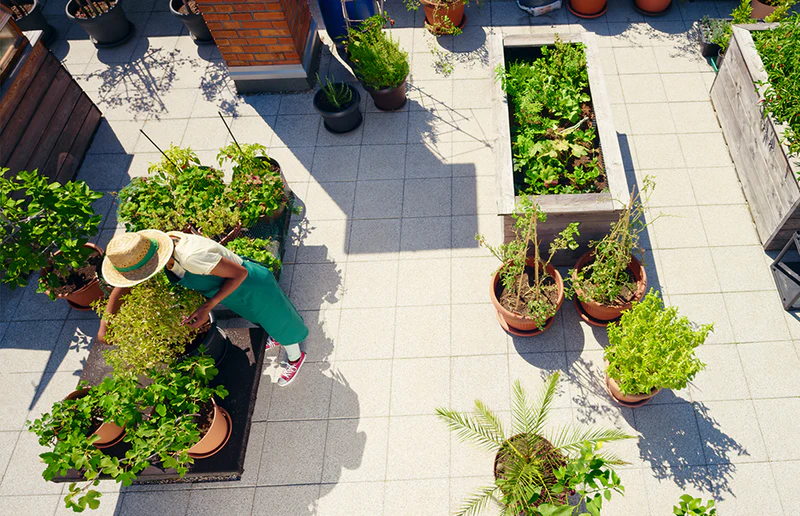
Essential Steps
To start your container gardening for small spaces, begin by assessing the available space. Research the sunlight and temperature needs of various flowers to match your environment. Opt for containers with proper drainage to prevent waterlogging, which can harm plants.
When selecting plants, focus on those that flourish in containers and stay compact. Consider aspects like color, size, and fragrance when choosing geraniums. Choose low-maintenance options that need minimal attention but still offer beautiful blooms.
Choosing Right Plants
For a creative touch in container gardening, explore vertical designs using trellises or hanging baskets to maximize space use with plantings. Train climbing plants upwards with support structures for an aesthetically pleasing look. Combine trailing and upright plants for a visually appealing design.
Balcony gardens benefit from utilizing railing or wall-mounted planters to save space effectively. Use lightweight containers to avoid exceeding weight limits on balconies while incorporating a mix of flowers, herbs, succulents, and vegetables for variety.
Designing Your Container Garden
Planning Execution
Before diving into planting your container garden, it’s crucial to plan your layout carefully. Sketch out where each plant will go to ensure a well-organized and visually appealing arrangement. Consider the growth rate and mature size of each plant to avoid overcrowding as they develop. Plan for regular maintenance tasks like watering, fertilizing, and pruning to keep your garden thriving.
When planning the execution of your container garden, think about the materials you’ll use. Choose pots that are appropriately sized based on the root system and growth potential of your selected plants. Opt for containers with wide openings to promote better air circulation around the roots, aiding in healthy development. Don’t be afraid to experiment with different shapes of containers to add an extra visual appeal to your small space garden.
Material Size Shape
Selecting the right soil is essential for a successful container flower gardening experience in limited spaces. Utilize well-draining potting soil specifically designed for container gardening purposes; this type allows excess water to escape easily, preventing root rot issues down the line. Enhance soil fertility and moisture retention by incorporating organic matter such as compost or peat moss into the mix while avoiding traditional garden soil that can become compacted within containers over time.
- Planning Execution
- Sketch layout plan before planting
- Consider plant growth rates
- Plan maintenance tasks like watering
- Material Size Shape
- Choose appropriate-sized containers
- Opt for wide openings for air circulation
- Experiment with various shapes for visual interest
Optimizing Your Space
Maximizing Productivity
Growing edible flowers and herbs alongside decorative blooms can enhance the beauty and functionality of your container garden. For example, planting basil with marigolds not only looks aesthetically pleasing but also helps repel pests naturally. Remember to harvest flowers from plants regularly in a container garden to promote continuous blooming and prevent seed formation, ensuring a vibrant display throughout the season.
Implementing companion planting techniques is another effective way to maximize space usage in your small container garden with plants. Pairing plants that benefit each other’s growth can help you make the most of limited outdoor space while creating a harmonious ecosystem within your containers. For instance, planting tomatoes with basil can improve tomato flavor and deter pests simultaneously.
Seasonal Adaptations
Seasonal Designs
Understanding seasonal requirements is crucial. Plan your garden with plants that thrive in specific seasons and containers. For instance, incorporate perennials or evergreen plants for year-round interest. During fall and winter, swap out summer annuals with cool-season flowers like pansies or violas.
Creating a rotating display of plants ensures your container garden remains vibrant with color throughout the year. By incorporating different plant varieties based on their blooming seasons, you can enjoy a colorful garden regardless of the time of year. For example, consider planting tulips for spring color and chrysanthemums for fall beauty.
Protecting Against Temperatures
To shield delicate plants from extreme temperatures, take precautions such as moving containers indoors during heatwaves or frosty nights. Utilize insulating materials like bubble wrap or horticultural fleece to protect plants in container gardens during cold spells effectively. Provide shade for sun-sensitive flowers by using umbrellas, shade cloth, or placing containers near structures that offer shade.
Protecting your container garden against temperature fluctuations is essential to ensure the health and longevity of your plants. By being proactive in safeguarding your plants from harsh weather conditions using containers, you can maintain a thriving garden all year round without concerns about temperature-related damages.
Essential Care Tips
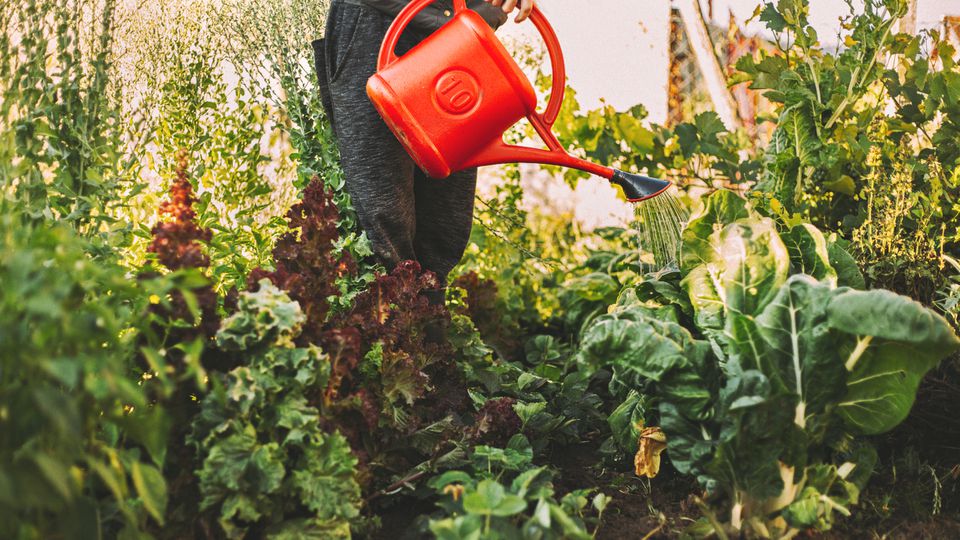
Watering Feeding
To ensure your container flower gardening for small spaces thrives, pay close attention to watering and feeding. Check the soil moisture by feeling the top inch of plants in containers; water when dry. Use a balanced liquid fertilizer as per plant recommendations to provide essential nutrients. Proper drainage is crucial to prevent overwatering, so ensure containers have adequate drainage holes.
Repotting is vital for plant health. Keep an eye on root growth; if plants become root-bound, transfer them to larger containers. Refresh potting soil every one or two years to maintain nutrient levels and enhance drainage capacity. During repotting in containers, handle roots delicately to avoid harming sensitive feeder roots that help plants absorb water and nutrients efficiently.
Repotting Tips
Regularly checking soil moisture levels helps in determining when it’s time to water container plants. Applying a balanced liquid fertilizer ensures your specific container garden plant varieties in containers receive the necessary nutrients they need without overfeeding them. Adequate drainage in containers prevents issues related to overwatering that can harm plant roots.
Monitoring root growth is essential in maintaining healthy container plants; repot into bigger containers when roots outgrow their current space. Refreshing potting soil periodically rejuvenates its nutrient content and improves overall drainage capabilities within the container gardens you maintain regularly.
Enhancing Container Aesthetics
Creative Pot Ideas
If you have limited space for gardening, get creative with your container flower gardening. Repurpose old household items like teapots, buckets, or tin cans to give your garden a unique touch. For a vertical herb garden, consider using hanging shoe organizers with pockets as containers to grow herbs efficiently.
Arrange a collection of mismatched pots in varying sizes and heights for an eclectic look. This not only adds visual interest but also allows you to maximize the use of small spaces effectively. Remember that the key is to think outside the box when selecting containers for your flowers.
Consider repurposing various sized containers such as plastic containers or shallow dishes as alternative planters for your flowers. These unconventional container choices can add character and charm to your garden while serving their purpose effectively. By utilizing different types of containers, you can create a diverse and visually appealing arrangement that suits your style.
Budget-Friendly Gardening
Starting Tips
Starting container flower gardening for small spaces can be exciting and rewarding. If you’re new to this, begin with a few easy-to-grow flower varieties like marigolds or petunias. These plants are resilient and forgiving, making them perfect for beginners. Start with small-sized containers first; they are easier to manage and require less maintenance than larger ones.
Research is key in container gardening. Before starting your garden, look up the specific care requirements of each plant you plan to grow in a container. Some flowers may need more sunlight, while others thrive in shaded areas. Understanding these needs will help you create an environment where your flowers can flourish.
Special Considerations for Small Backyards
Maximizing limited space is crucial for successful container flower gardening. Utilizing tiered shelving units or plant stands can create multiple levels, allowing you to grow a variety of flowers in one area. Hanging plants from ceiling hooks or wall-mounted brackets not only adds a decorative touch but also frees up precious floor space, making the most out of your small garden.
Grouping containers together in clusters or arranging them along narrow walkways and staircases can help optimize the available space efficiently. By strategically placing your containers, you can create a visually appealing display while ensuring that each plant receives adequate sunlight and water. This method also allows you to make use of vertical space effectively, adding depth and dimension to your small backyard garden.
Pros:
- Maximizes limited space
- Creates an aesthetically pleasing display
- Efficient utilization of vertical space
Cons:
- Limited room for larger plants
- Requires regular maintenance due to close proximity
In a small garden setting, choosing the right placement for your container garden is key. For example, if you have a narrow pathway leading through your backyard, consider lining it with containers filled with colorful blooms or fragrant herbs. This not only enhances the visual appeal but also makes practical use of an otherwise unused area by creating a container garden.
Another tip is to incorporate hanging baskets into your design scheme. Hanging these baskets from pergolas or tree branches can add a whimsical touch while keeping the ground clear for other plantings. Utilizing window boxes attached to railings or windowsills can bring greenery closer to eye level without taking up valuable floor space.
- Start by assessing the layout of your small yard.
- Determine areas where containers could be placed without obstructing foot traffic.
- Consider using vertical elements like trellises or arbors for climbing plants.
- Experiment with different arrangements until you find what works best for both aesthetics and functionality.
Best Plants Selection
Selecting the right plants is crucial. A comprehensive list of essential gardening tools like trowels, pruners, and watering cans will help you tend to your plants effectively. Including a variety of beautiful plant species that bloom at different times in containers ensures continuous color in your garden throughout the year.
Consider incorporating self-watering containers or irrigation systems into your gardening setup. These additions can make maintenance much easier by providing a consistent water supply to your plants in containers, especially important in small spaces where access to natural rainfall may be limited. By using these tools and techniques, you can create a vibrant and flourishing container garden even in confined areas.
Pros:
- Ensures continuous color with flowers blooming at different times
- Makes maintenance easier with self-watering containers or irrigation systems
Cons:
- Requires initial investment in essential gardening tools
- Self-watering containers may need occasional refilling depending on plant needs
Creating an assortment of beautiful plant species not only adds aesthetic appeal but also attracts beneficial insects that aid in pollination and pest control. For example, planting marigolds alongside vegetables can deter pests while enhancing the visual charm of your garden space. Mixing various flowering plants such as petunias, geraniums, and impatiens in a container can provide a colorful display while promoting biodiversity within a limited area.
When choosing flowers for your container garden:
- Opt for varieties that complement each other’s growth habits.
- Select plants based on their sunlight requirements to ensure optimal growth conditions.
- Consider adding trailing vines like ivy or sweet potato vine for vertical interest.
To maintain healthy blooms throughout the year:
- Deadhead spent flowers regularly to encourage new growth.
- Fertilize periodically with a balanced fertilizer suitable for flowering plants.
- Monitor soil moisture levels closely, especially during hot weather periods.
Final Remarks
You’ve now got the dirt on container flower gardening for small spaces. From kickstarting your container garden to choosing the best blooms, you’re all set to transform your tiny outdoor oasis. Remember, a little love and attention go a long way in nurturing those plants. So, get your hands dirty and watch your garden bloom!
Now, it’s time to roll up those sleeves and put your newfound knowledge into action. Grab those pots, pick out your favorite flowers, and start creating your mini garden paradise. Your green thumb is itching to get started, so don’t keep it waiting! Happy gardening!
Frequently Asked Questions
How can I start my container garden effectively?
Starting your container garden is easy! Begin by selecting the right containers, quality soil, and suitable plants. Ensure proper drainage in containers for healthy roots and water regularly to keep your plants thriving.
What are some budget-friendly tips for container gardening in small spaces?
For a cost-effective container garden, consider upcycling items like old buckets or crates as planters. Opt for seeds over mature plants, reuse potting mix, and utilize natural fertilizers like compost in a container to save money while creating a beautiful garden oasis.
Which plants are ideal for small-space container gardening?
Choose compact varieties such as herbs (like basil and parsley), dwarf vegetables (such as cherry tomatoes or mini peppers), colorful annual flowers (like petunias or marigolds), and trailing plants (like ivy or succulents) that thrive in containers and bring life to limited spaces.
How do I optimize space when designing my container garden?
Maximize space by using vertical elements like trellises, hanging baskets, or containers. Group plants with similar sunlight and watering needs together. Utilize tiered shelving units or wall-mounted planters to create layers of greenery without taking up valuable floor space.
What seasonal adaptations should I consider for my small-space container garden?
Adjust your planting choices based on the season – opt for cool-weather crops in spring/fall and heat-tolerant varieties in summer. Protect sensitive plants from frost with covers during winter. Regularly refresh your container displays with seasonal blooms for continuous visual interest throughout the year.
